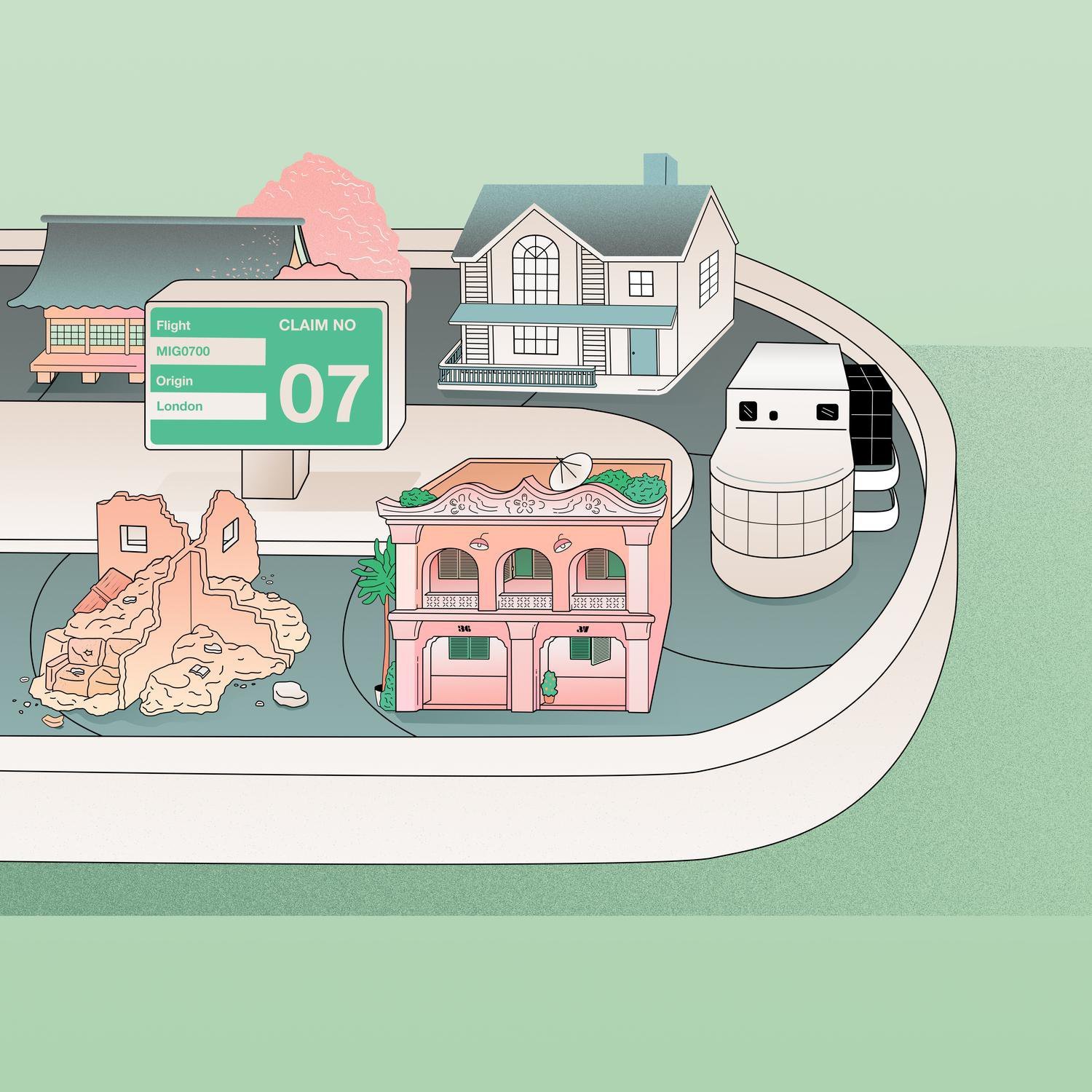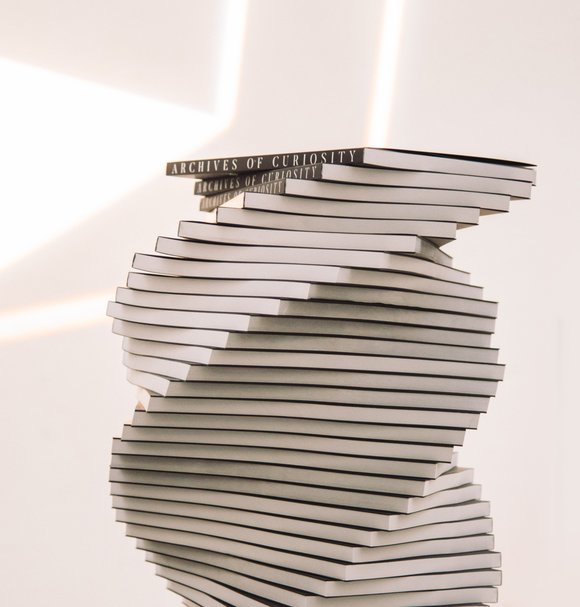
Key details
Date
- 19 July 2021
Author
- RCA
Read time
- 3 minutes
Illustrator and associate art director for Saatchi & Saatchi Yuzhen Cai spoke with us about using illustration as a research method and her passion for telling stories.

“The people are what I love most about the RCA.”
What are you up to now? And how did MRes RCA: Communication Design help you to get here?
After graduating, I chose to go back to Shanghai. It wasn’t an easy choice because having lived in London for many years, all of my friends and connections are there. I left partly due to Covid-19, but more importantly, because of my final project of the MRes RCA course.

This was a practice-led research project exploring perceptions of home for Chinese migrants. During the process, I did a lot of reflexive writing and thinking about my hometown. I realised a lot of my memories of home come from stories told by my parents. That’s why I asked myself, ‘why not go back to where you come from and actually live and feel?’
This brings me here: I’m working as the associate art director for Saatchi & Saatchi, and also taking freelance illustration jobs – ranging from children’s picture books to editorial – since illustration has always been my passion.
Your background is in illustration and journalism. What made you want to study MRes RCA: Communication Design?
During my final year studying illustration, I felt a bit lost, and was thinking of trying something else. When I encountered MRes RCA I was immediately attracted to the interdisciplinary aspect.
“I started to use my practice as a method to know and to think.”
During the MRes course, I was challenged by questions such as ‘who are you?’ and ‘what roles are you taking?’ This made me re-examine myself and my position as an illustrator. I started to use my practice as a method to know and to think.

Can you tell us more about your final project? And why practice-led research was a good way to consider this topic?
The project is called Homes in mobility: New methodology and reflections on illustrating Chinese migrants’ perceptions of homes. It originated from my own experience of being a migrant. Compared with Chinese migrants who sailed to the UK 100 years ago, who saw and were seen in a strikingly exotic fashion, I argue that the cultural binary opposition of the East and West has been diluted. As a Chinese migrant, my cultural experience situates me in a non-binary, ambiguous and in-between area. However, illustration interpretations don’t capture this ambiguity and fluidity of migration experiences.

This project was initiated by the need for an alternative illustration interpretation of migration. It asks how Chinese ethnic migrant interviewees perceive home and considers how to illustrate their perceptions from a non-binary position. During the illustration process I identified the need for reflexivity and adjusted the methodology so that illustration became the wheel to drive, guide and explore.
Are you continuing to explore ideas or topics from this research?
I’m really rethinking the role of illustration and how it can contribute to exploring the world and producing knowledge. When working on a project now, I start by questioning and finding the right toolkit to answer the question.

The MRes RCA is unique in that it's taught across the College's four Schools, offering an interdisciplinary and cross-disciplinary environment – what were your experiences of this?
The people are what I love the most about the RCA. I was very lucky to meet so many great people from various backgrounds. Even within the Communication Design Pathway, we had peers from different backgrounds, which brought so many dynamic insights into the projects.

You also worked with some interesting project partners, including the BT Archives and the Design Museum. What was your experience of these projects like?
They were mini research projects that consolidated my knowledge of communication design research methods. Especially during the project with the BT archives, I discovered my interests in writing and storytelling, which shaped my final project.
“This helped me to realise my passion for telling stories through writing and illustration.”
In the project collaborating with the Design Museum, I also led a storytelling workshop. This helped me to realise my passion for telling stories through writing and illustration, no matter if it is my story, another person’s, or a brand’s story. That’s why after graduating, I chose to work as both an illustrator and art director, as I always have the urge to tell a story.

